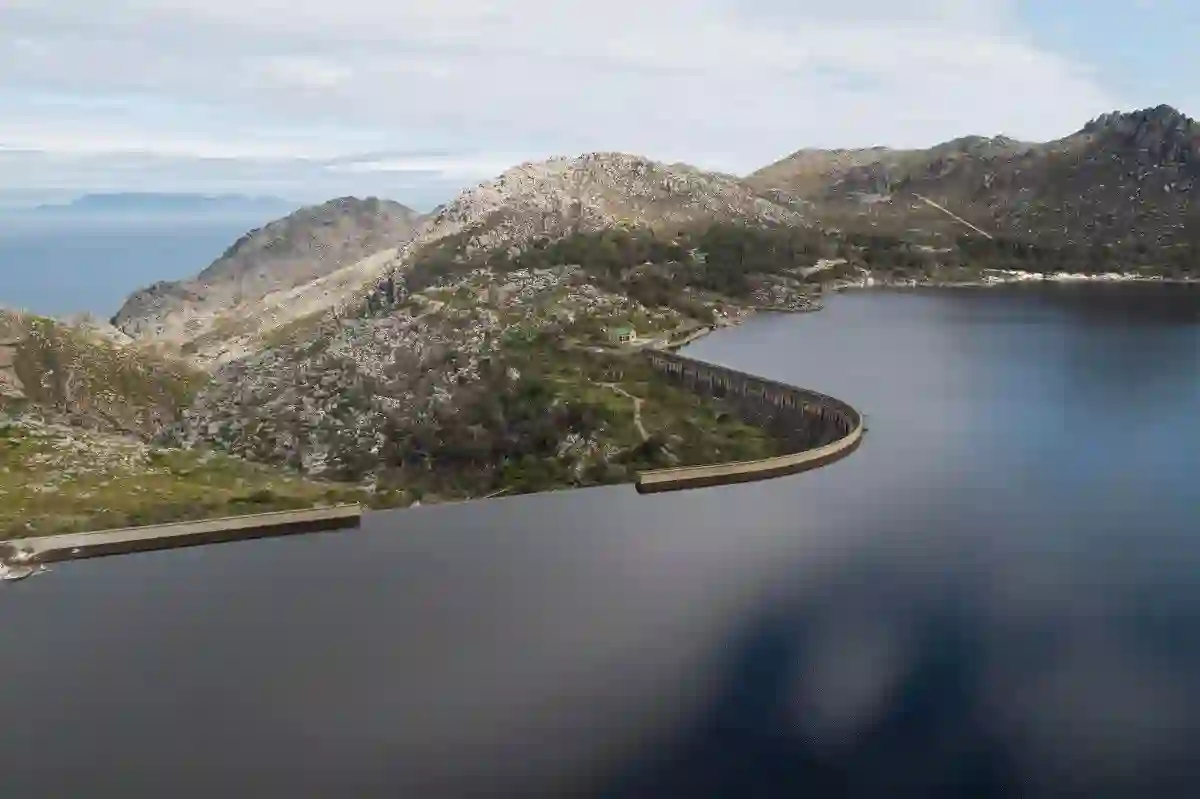After weeks of gloomy skies and relentless downpours, there’s finally some good news for residents of the Western Cape: all that rain is doing wonders for the region’s water supply.
Major Dams Show Impressive Recovery
Thanks to sustained rainfall over the past week, dam levels across the Western Cape have risen significantly.
New figures released by the City of Cape Town on Wednesday, July 9, reveal that six of the province’s key dams are now sitting at over 80% capacity.
That’s a jump from 73.6% just a week ago, and it’s comfortably ahead of the 70.6% level recorded this time last year.
The message is clear—water reserves are on the rise.
Here’s a quick look at the standout performers:
-
Theewaterskloof Dam: Now holding steady at 76.8%, this dam alone accounts for more than half of the province’s total water storage.
-
Voëlvlei Dam: Has climbed to 75%, continuing its upward trend.
-
Berg River, Steenbras Lower, Steenbras Upper, and Wemmershoek Dams: All have reported solid increases, helping push the collective average over the 80% mark.
More Rain Is Still On the Way
Don’t put away those umbrellas just yet.
Weather forecasts show that more cold fronts are expected to hit the province in the coming days, meaning dam levels could keep climbing.
With winter storms continuing to sweep through the region, the Western Cape may see even more gains in water reserves before the season ends.
Cape Town’s Day Zero Feels Like a Distant Past
It’s hard to forget the 2017-2018 water crisis, when Cape Town came dangerously close to “Day Zero”—the moment when taps were expected to run dry.
During that time, Theewaterskloof Dam dropped below 20%, and residents faced strict water rationing.
Fast forward to today, and the outlook is far more reassuring.
Authorities credit improved infrastructure, careful planning, and responsible use for helping prevent another crisis.
Still, Officials Say Caution Is Key
Despite the recent boost in water supply, the City of Cape Town is reminding residents not to become complacent.
“Use water responsibly,” remains the message.
Climate change and unpredictable weather patterns mean that future shortages could still occur—and long-term demand continues to grow.
